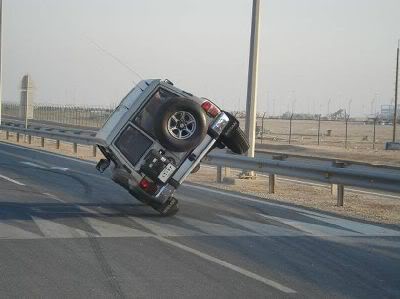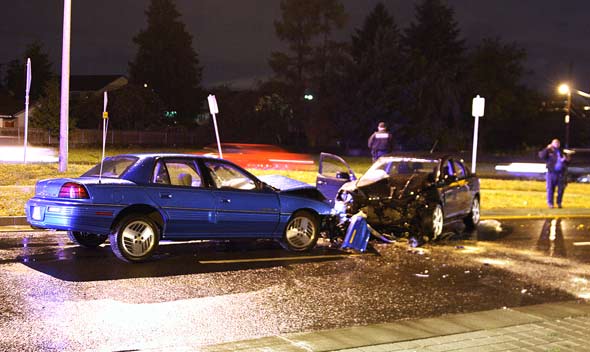Reckless and Dangerous driving
What is ‘Reckless driving’?
Dangerous (Reckless) driving is a statutory offence. It is also a term of art used in the definition of the offence of causing death by dangerous driving. It replaces the former offence of reckless driving.
- A person drives dangerously when:
- the way they drive falls far below the minimum acceptable standard expected of a competent and careful driver; and
- it would be obvious to a competent and careful driver that driving in that way would be dangerous.
Some typical examples from court cases of dangerous driving are:
- racing, going too fast, or driving aggressively;
- ignoring traffic lights, road signs or warnings from passengers;
- overtaking dangerously;
- driving under the influence of drink or drugs, including prescription drugs;
- driving when unfit, including having an injury, being unable to see clearly, not taking prescribed drugs, or being sleepy;
- knowing the vehicle has a dangerous fault or an unsafe load;
- the driver being avoidably and dangerously distracted, for example by:
- using a hand-held phone or other equipment
- reading, or looking at a map
- talking to and looking at a passenger
- lighting a cigarette, changing a CD or tape, tuning the radio.
Lenient’ sentences for dangerous drivers
Figures released under the Freedom of Information Act earlier this year revealed that no drivers had received that maximum sentence of 5 years in prison since it was introduced:
- Whilst 175 drivers were convicted of Causing Death by Dangerous Driving in 2010, another 99 were acquitted of the charge.
- The conviction rate was 64%. The number of drivers convicted of this charge decreased by 39% compared to the previous year with 287 convictions in 2009.
This briefing includes a summary of the convictions and conviction rate first and then the sentences incurred by those convicted of the four main causing death by driving charges:
- Causing Death by Dangerous Driving (175 convicted).
- Causing Death by Careless Driving Whilst Under the Influence (42 convicted).
- Causing Death by Careless Driving (253 convicted).
- Causing Death by Driving Whilst Unlicensed, Disqualified or Uninsured (68 convicted).
Speeding
Speeding alone doesn’t ordinarily amount to reckless driving. In some areas, however, speeding creates a presumption of recklessness, which the driver may rebut or defeat. Speeding can be viewed in several ways. An extremely high rate of speed might be enough to establish recklessness. On the other hand, the mere fact that a driver obeyed the posted speed limit doesn’t negate the possibility that the driver could be found guilty of reckless driving.
Speeding combined with other factors can support a reckless driving conviction. Factors considered along with speed include:
- The roadway being travelled, including its width and surface
- The presence or lack of vehicular traffic or pedestrians
- Visibility factors
- The time of day that the defendant was driving
If you are going to defend this allegation successfully then you need to present a solid defence that covers all the points and areas that the prosecution are likely to use to convict you. Ask one of the Uk’s leading motoring law experts how you should defend yourself against the allegations made against you. Ask a free question at www.pattersonlaw.co.uk and get the best advice available.


